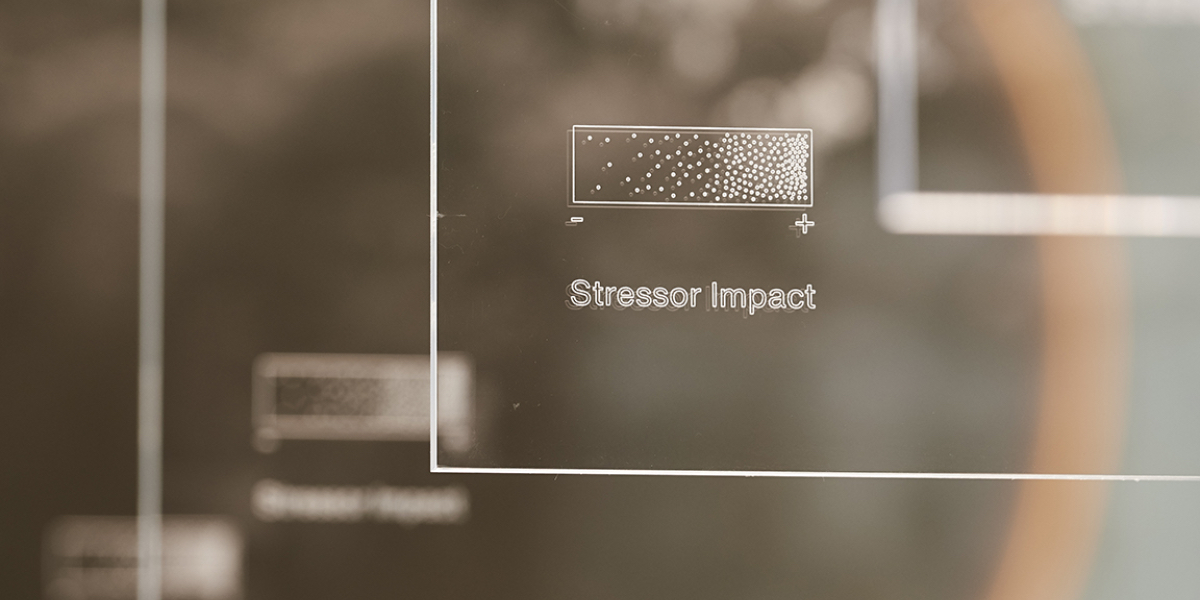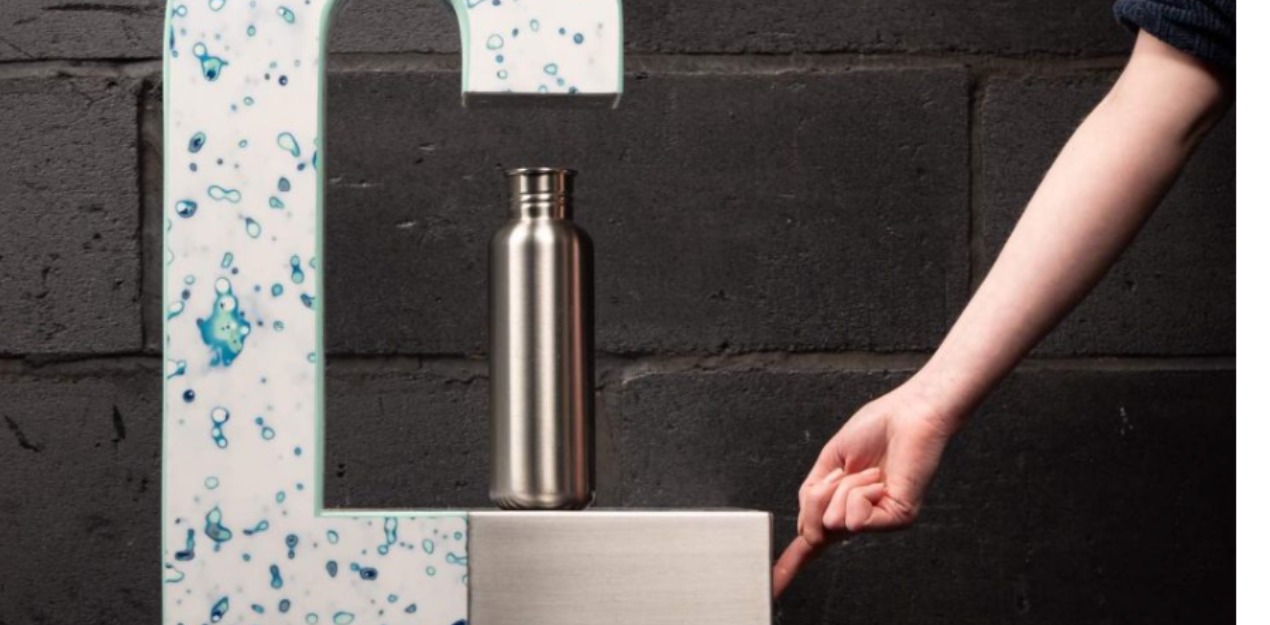AWARD YEAR
2023
CATEGORY
Community
GOALS
Clean Water & Sanitation, Affordable & Clean Energy, Climate Action, Life On Land, Sustainable Tourism
KEYWORDS
exhibition space, climate change, Sustainable Material, natural disasters, Data Visualizations
COUNTRY
Denmark
DESIGNED BY
Space10
WEBSITE
https://space10.com/project/climate-layers/
Climate Layers
Climate Layers enables a visual of how climate stressors are affecting our shared home, the planet.
How does it work?
The Designers gathered together a team of experts to find ways to visually convey the recent effects of six climate stressors on our shared home.
They collaborated with RNDR, Inviso by Devoteam, and Charles Iceland from the World Resources Institute to transform the data into meaningful visuals.
Using creative code, they mapped the data on each climate stressor as a constellation of dots, where density represents intensity.
Each panel depicts an individual stressor — cyclones, drought, temperature change, excessive rainfall, wildfires, and floods — and its impact in 2019.
Forming layers of abstract maps, the panels demonstrate that we experience the intensity of climate stressors — and the effects of the climate crisis — differently depending on where we live.
To visualise the different climate stressors, they used Green Cast — 100 percent recycled and recyclable cast acrylic sheets.
Why is it needed?
The climate crisis can seem difficult to wrap our heads around. Could focusing on climate stressors make it feel more tangible?
Climate stressors are events like wildfires, cyclones, floods, and droughts that are exacerbated as a result of human emissions. These stressors are clear indicators of the climate crisis, and they’re becoming more frequent and more severe.
Climate Layers aims to visually explore climate stressors to help us better understand how our local and global home looks today — and how it may look tomorrow.
How does it improve life?
This design provides a new data representation that can be understood by many, instead of overwhelming technical reports. This helps to raise awareness of a situation that many are working to urgently provide aid for.
By creating a exhibit, it could potentially inspire many who are not informed to make small changes in their personal daily lives that summate to a positive overall impact.
The use of sustainable materials can show users the solutions that already exist and promote their further exploration.
Some of the Innovative Materials highlighted were:
Lemix Clayboards, Woodcrete wall units, Søuld acoustic panelling Lehmbauplatten building boards and Amroc.
These materials represent a positive, solution-oriented future, both for how we build our homes and cities, and for creative applications.





